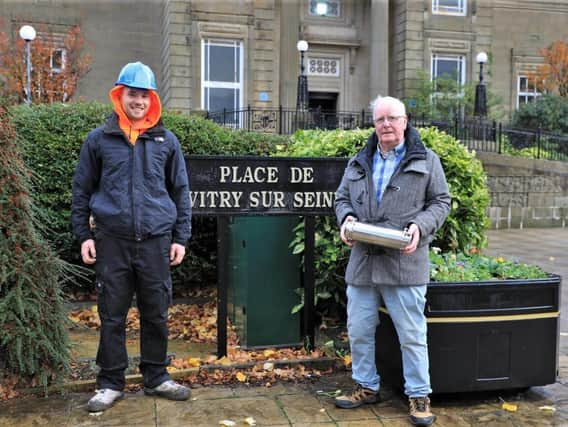Work begins on memorial to Burnley's rich mining heritage and the pit workers who died on the coalfield


Honouring the 'bravery and toil' of the miners who worked and often died in the 16 pits which dotted the Burnley Coalfield, the memorial consists of a two metre-high and three metre-long sandstone wall on the Place De Vitry Sur Seine in front of the Central Library which will be inscribed with the 327 names of the men and boys who perished working in Burnley's coal mines.
"The memorial is a tribute to all who worked in an incredible industry with comradeship second to none; where men would grapple at bare rock after roof falls with bleeding hands to save a workmate under tons of stone," said mining historian and Burnely Mining Memorial Fund member Jack Nadin when the memorial was granted planning permission. "An injured miner might be miles from the pit shaft, but bleeding and in pain his comrades carried him in knee-high tunnels to safety.
Advertisement
Hide AdAdvertisement
Hide Ad"Many other workers working in this industry suffered crippling injuries and spent a lifetime in pain," added Jack, who himself spent seven years between the ages of 16 and 23 working down the Hapton Valley Colliery. "Others spent their lives troubled with breathing difficulties struggling with coal dust-filled lungs. This monument is a tribute to them all."
Honouring miners whose time down the pits dates back as far as the 1830s, the memorial also harks back to the crucial role mining played in Burnley's emergence as one of the world's largest producers of cotton cloth during the Industrial Revolution.
The job, however, was perilous, with miners as old as 80 and as young as seven recorded as having died in truly gruesome ways down the pits in circumstances including explosions, roofs collapsing, being crushed by barrels, falling down shafts, being suffocated, getting entangled in machinery, and being scalded to death.